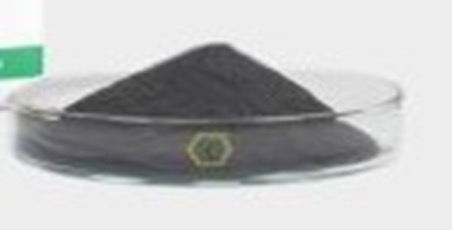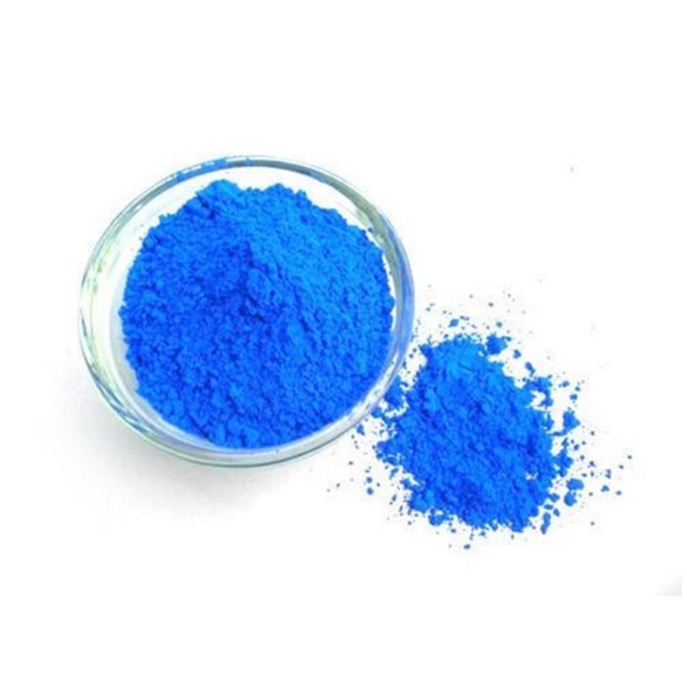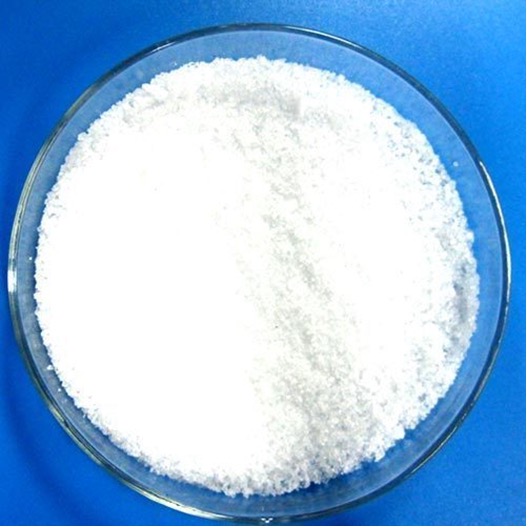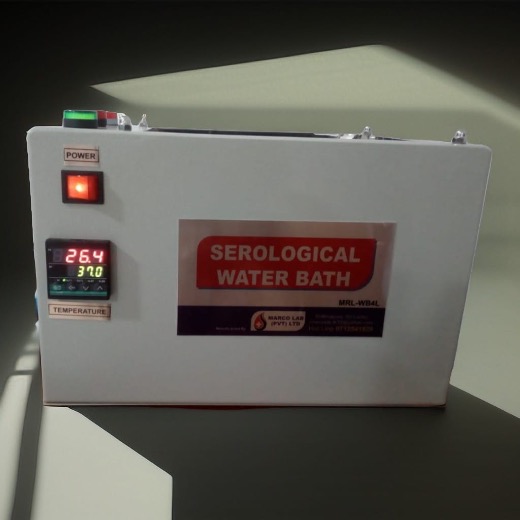Carbol Fuchsin
Carbol Fuchsin is a red dye widely used in microbiological staining, particularly in the Ziehl-Neelsen method for acid-fast bacteria.
Applications
Microbiology: Essential in the Ziehl-Neelsen and Kinyoun staining techniques for identifying acid-fast bacteria, such as Mycobacterium tuberculosis.
Histology: Occasionally used for staining certain tissue components to enhance contrast.
Usage Instructions
Preparation: Carbol Fuchsin is typically provided as a ready-to-use solution. Ensure it is properly mixed before use.
Staining Protocol
Ziehl-Neelsen Method: Heat fix the bacterial smear, apply Carbol Fuchsin, heat gently, and then rinse.
Kinyoun Method: Apply Carbol Fuchsin to the fixed smear without heating, let it stand for the specified time, and then rinse.
Decolorization and Counterstaining: Follow with acid-alcohol decolorization and counterstain with methylene blue or brilliant green to differentiate acid-fast bacteria from non-acid-fast bacteria.
Safety Information
Carbol Fuchsin contains phenol, which is toxic and can cause burns. Handle with care, avoiding inhalation, ingestion, and contact with skin and eyes. Use appropriate personal protective equipment (PPE), such as gloves, lab coat, and safety goggles. Work in a well-ventilated area or under a fume hood.
Related Products
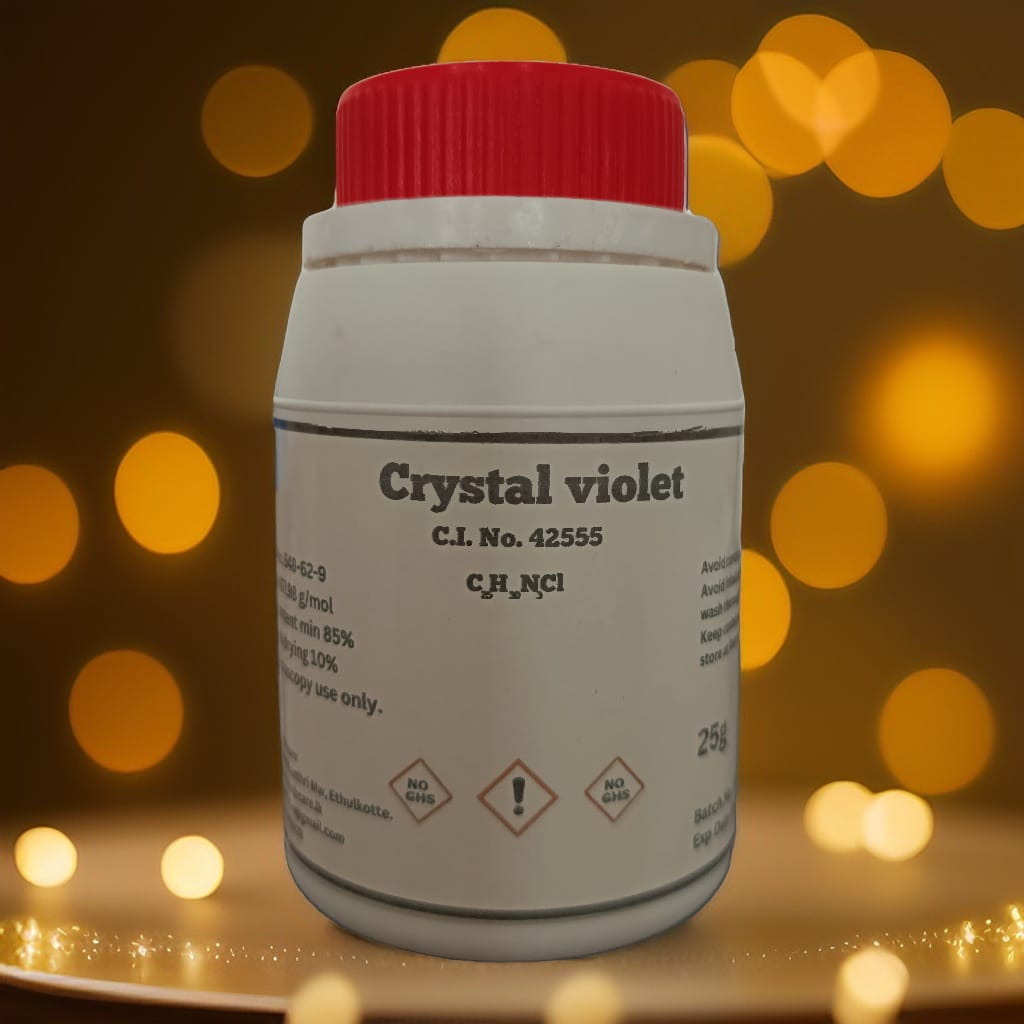
Crystal Violet
Crystal Violet is a purple dye extensively used in microbiology for Gram staining and in various histological staining procedures.
laboratory-chemicals
Read More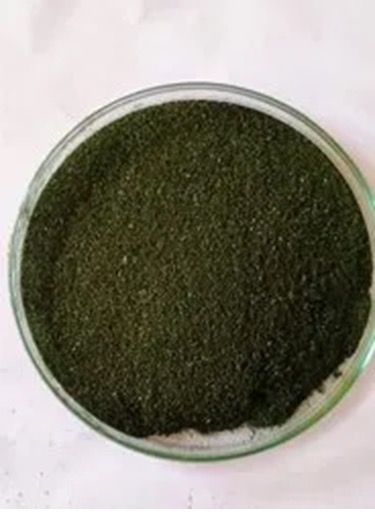
Giemsa Stain
Giemsa Stain is a versatile stain widely used in cytology and histology for staining blood smears, bone marrow samples, and microorganisms, particularly for the identification of parasites and bacteria.
laboratory-chemicals
Read More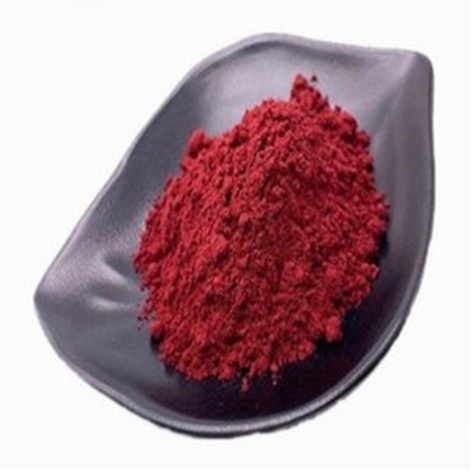
Safranine O
Safranine O is a biological stain used extensively in histology and cytology for staining nuclei and chromosomes, as well as in microbiology for differentiating Gram-negative bacteria.
laboratory-chemicals
Read More-
Address
119, Colabathanthri Mw, Ethulkotte, Kotte, Sri Lanka.
-
Hotline
+94773496478
-
Email contact
-
Website
www.herohealthcare.lk

